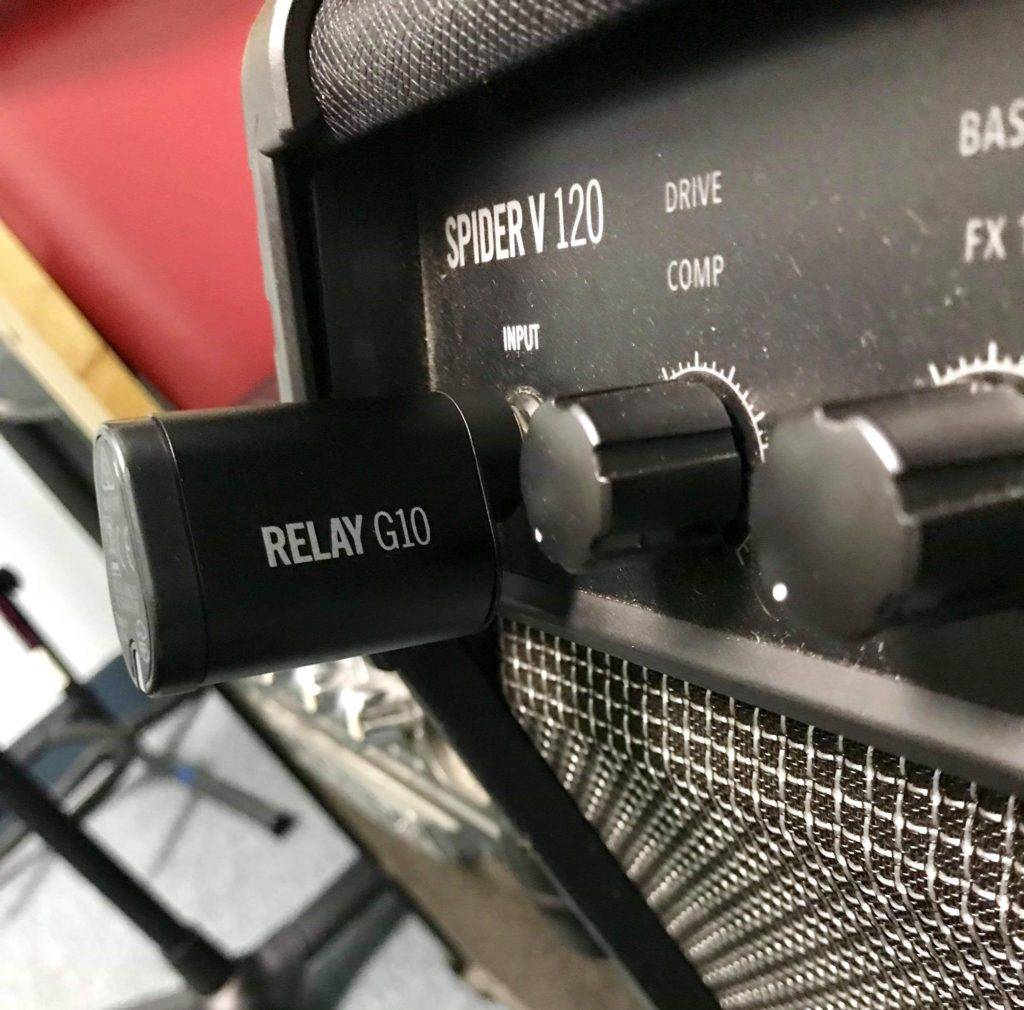
I’ve been a professional musician and full-time music teacher for about 24 years. I got a very early start working exclusively at music schools. The number one thing I learned as a teacher is that music is always changing, times are always changing, and kids today are not like kids yesterday. To keep a student’s interests you have to keep up with the times. Another important aspect to teaching is being able to introduce students to (quite literally) everything there is to know about the world they’ve just entered.
The traditional method of teaching for years was, “Learn to read music. Here’s a book.” The contemporary method after the birth of the internet was years of, “tabs are the way to go. You’ll learn faster!” Good teachers new and old will tell you that theory is important.
It’s all important!
Some students are learning classical guitar. Some are learning acoustic, some electric. You have to fine tune the curriculum to match each student. Some aren’t at all interested in electric guitar, or acoustic guitar, or certain genres. I had a student recently ask about some tech in my studio only to reply, “Okay, okay, I don’t care…” We had a chat about rudeness, but what I learned was, “Not everyone is techy.” The most important thing is to really lock into what interests each student. You have to balance their needs with their wants.
Technology has played a huge role.
We used to only involve technology in lessons via a tape/CD player, and some form of a metronome (wind-up, quartz, digital…) Today, those things have been elevated and replaced by technical advancements like YouTube, metronome apps, music players, and even apps designed to isolate sound, slow down the music, loop sections, change keys, and more. I found a valuable tool in the Capo app for iOS for many years. Unfortunately, that app dropped quickly in popularity and usefulness amongst the student population when they shifted over to the subscription sales model. They went from high sales to zero percent sales amongst 700+ students at the school I work for all week. Guitar Pro is a fantastic app for creating high quality sheet music in any form – rhythm, notation, and tablature. There’s a mobile version of the app that opens sheets to read and play along with. No editing in the mobile version, but with a one-time purchase the software allows students to hear any song I give them sheet music for if they wish to download a digital copy. Great!
Enter Line 6.
Another avenue for technology in the guitar world is in our amps and digital effects. Companies like Line 6 paved the way a long time ago for amplifiers to have built-in effects and other features such as tuners. Popular companies like Fender and Boss/Roland caught up and now it’s very easy to find many great amps with on-board effects. I have a Marshall with built-in chorus and delay. Still, with everything out there, Line 6 has made their market bloom with one very important concept: USER FRIENDLINESS.
While they do target both hobbyist and professionals alike, I think they might be overlooking the potential in the world of students. But THIS veteran music teacher has embraced that potential. Years ago when I started at the school where I work now, the owner asked what amps we should supply the studios with. We didn’t need big amps, just practice size ones. However, many of the smaller amps on the market didn’t have a big tone in a small body. They’d sound thin, the overdrive would sound weak or too tinny. Effects weren’t even an option. The decision to stock the school with great sounding practice amps that had a good amount of features at an affordable price lead us to purchasing the Line 6 Spider III 15 amps. They were plenty loud for a small studio, but with great tone at low and higher volume levels. The onboard effects made for a little fun for students to tinker with new sounds that they didn’t know were possible with guitar. The amps were about $100 each, which was within budget when stocking up and furnishing an entire school. The end result: An entire school full of Line 6 Spider III amps.
Now, years later, we see the Spider V on the market, and the new MKII which has some really great upgrades like Impulse Responses.
So how is Line 6 influencing my teaching now?
While the school has Spider III amps around 2 buildings, I have upgraded my studio. Mine features a Spider III for the students, a Spider V 120 for me, an old Variax (to be upgraded one day), the wireless Relay G10 which charges right off the Spider V amp, and the ol’ but still powerful Firehawk FX floorboard. I also have the FBV III foot controller for the Spider V just for show, but I don’t necessarily use it.
Here’s how those effects come into play when teaching…
The Variax allows me to demonstrate the sounds of different guitars. Students can hear the differences between different types of pickups, acoustic and electric, and even guitar cousins like our old favorite 12-string guitars and others like the resonators, banjo, sitar guitar, and more. I’ve setup my Variax to simulate ranges as well, such as capo shifts, baritone guitar, and even a setting to simulate bass guitar. Another teaching advantage with the Variax involves a term I’ve longed to change:
Tone-deafness!
We’ve always associated tone-deafness with that relative who howls off key and calls it singing. The sour notes of death that come out of the person who was never meant to sing. Ever. That’s not the case! Sure, “a tone” is a sound, or a note. But think about this in the music world. We call notes pitches, and tone is more of the quality of voice. “I love your guitar tone, man!” The term I’ve used is pitch-deafness. That’s the inability to hear different pitches and identify them well. To me, tone-deafness is the ear’s confusion between voices mistaking the same note for a different one simply because it doesn’t sound exactly the same. For instance, a good student can identify 3 identical high E notes on the guitar (open E, E on the B string 5 fret, and E on the G string 9th fret) and still tell that there’s a slight tonal difference due to string thickness.
I was a True Tone-deaf student. I learned on an acoustic, and my teacher taught on an electric. Even though we played the same notes, they didn’t sound the same. This confused my ear sometimes. The Variax has solved his challenge with beginners. I’ve noticed more and more over the years that students say less and less often, “Wait… are you sure that’s right? Yours sounds different than mine.” I use the Variax to match their guitar model. A student with a Fender Strat (popular amongst beginners on a budget) will hear very little difference with the custom Variax Strat tone I’ve setup. The only challenge I’m still working on are the classical acoustic guitars. Variax technology hasn’t really marketed heavily in that realm, but perhaps one day!
The Spider amps and Firehawk effects bring a world of sounds to the student great visual appeal. The students love the colorful lights, of course, but there’s more than just shiny bright things that really help them learn. The apps illustrate how effects chains work. The students can easily change sounds by just touching the screen, or turning a knob. The preset knob parameters on the Spider V make it easy for students to see how “less and more” can modify an effect on any channel. What I love is how the effects are displayed in the app’s library. When you select another amp or pedal there’s an image of the original model that it’s based on. The students don’t really know all of those models, but they have the opportunity to see how they look different. What would be even better is if the icons would get larger when selected. For now, if a student asks, I’ll Google up an image of the original and compare it with the app side-by-side while turning knobs and moving faders around. What’s more, having the old classic Spider III in the room lets them see just how broad the spectrum of digital amps are out there – simple to complex, and soft to REALLY LOUD!
By introducing students to the world of different apps, effects, guitars, etc. we as teachers can keep them inspired and interested. We can let them see what’s out there for them besides just “practice more!” They start to see what direction they want to head as beginner musicians. We, the teachers, look at their reactions to the sounds they hear and it helps us tweak their curriculum even further. This keeps the student excited and willing to play. The next step, of course, is to choose songs that really work great with whatever sounds the student likes best (while still teaching them things that are practical for learning.)
With more than 200 amps, cabinets, and effects there’s more than enough to show the students what our world of guitar is really all about. The Relay G10 shows them a neat way to go wireless without the complexity and mess of a receiver and connective cables. Our new generation are talking about Bluetooth, WiFi, and other technologies that are making for fantastic wireless advantages in other markets. When they see the G10 they really engage the simplicity and coolness of such a compact device. It takes nothing to hand it off and let the student try it, too!
Between the Variax, the Spider Amps/Firehawk FX, and the wireless G10 I’ve had a blast teaching. Students are excited about lessons. They wish to learn more not just musically but about their guitars. They are asking questions and inquiring where they wouldn’t have a clue to start years ago. With their own technologically experienced little minds, they’re even offering up imaginative thoughts that could shape tomorrow’s technology, too.
The only challenge for me has been… price.
How do you get a student to invest in a $1000 Variax, $120-$300 amp, $100 wireless device, etc.? Well, the truth is, there’s only so much we as teachers can do there. In the past we’ve made comparisons to $1000 “student level” woodwinds and brass instruments. We’ve also made suggestions like, “check Craigslist…” What would be ideal is if there was a market for starter kits, or student-level models. The inexpensive Variax 300 (made in Indonesia) was a great concept in “a Variax for everyone” by offering a low-price, lower quality guitar with all of the perks of the more expensive models. Keeping smaller Spider V amps out on the market is also a great idea. Perhaps Line 6 will one day see a market in music education and offer up a package like a cheaper Variax paired with a nice Spider V (or VI?) practice amp, and some other low-range but cool wireless technology. AmpliFi is a great series, too, for beginners, but I still recommend the Spider series to students.
There’s a “basic recording” package available out there which features an inexpensive screen, Mac Mini, speakers, mics, and recording software packages all for one price of $1000 (or less.) I’d love to see something like that from our guitar makers. Offer up the dream rig for beginners to open doors for students who really want to rock out and make music without breaking their parents’ bank account. For the record… I live in a rich community full of mansion-sized monster homes with parents showing up at the school driving Teslas. Even the wealthy aren’t willing to spoil their children unless it’s truly worth it. There’s potential – I’ll continue to use Line 6 to inspire and teach future guitar pros. Maybe they’ll find a great way to tap into that market, too!
Cheers. Thanks for reading.
More from Niko @ The Blogging Musician.
More Line 6 Article @ The Blogging Musician.
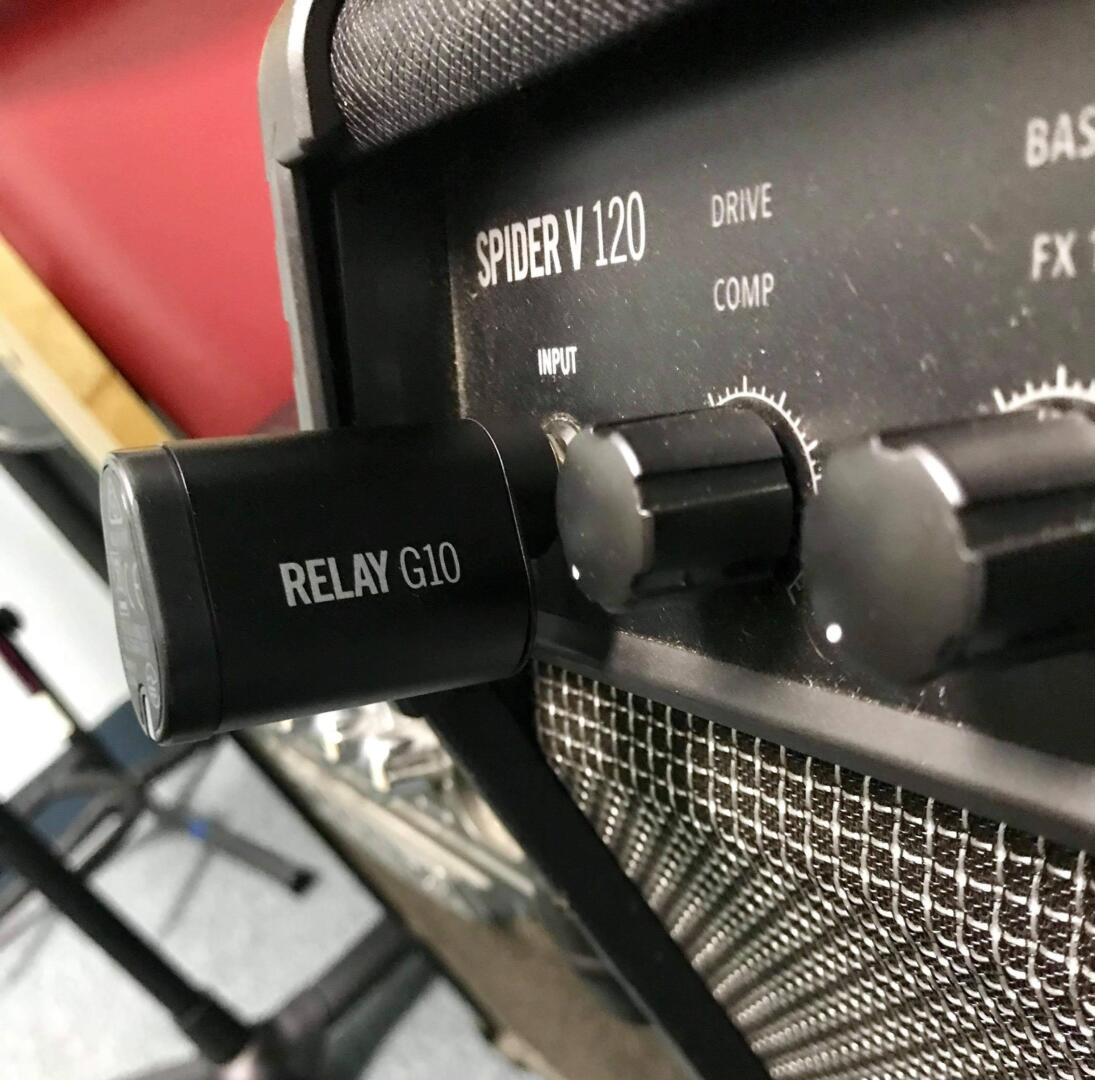

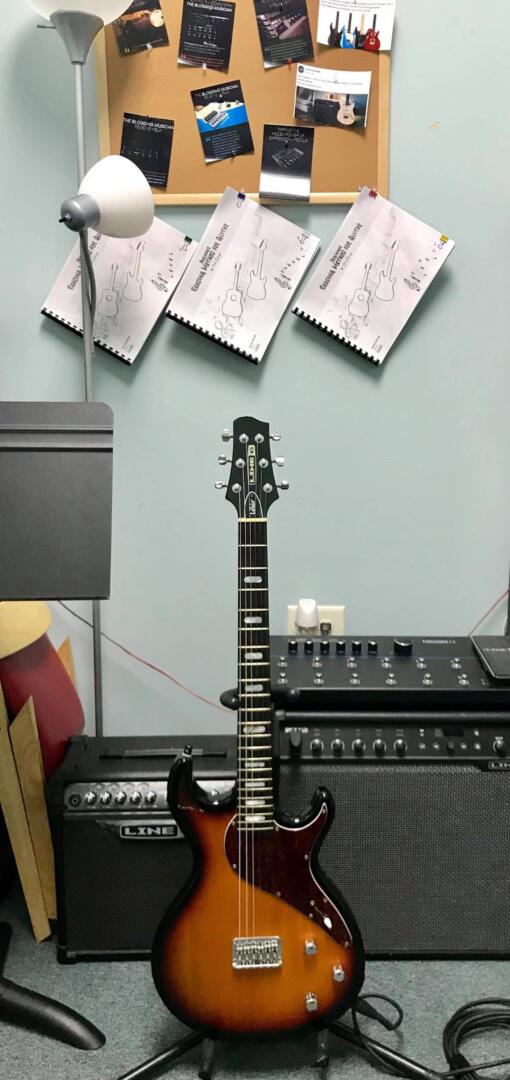
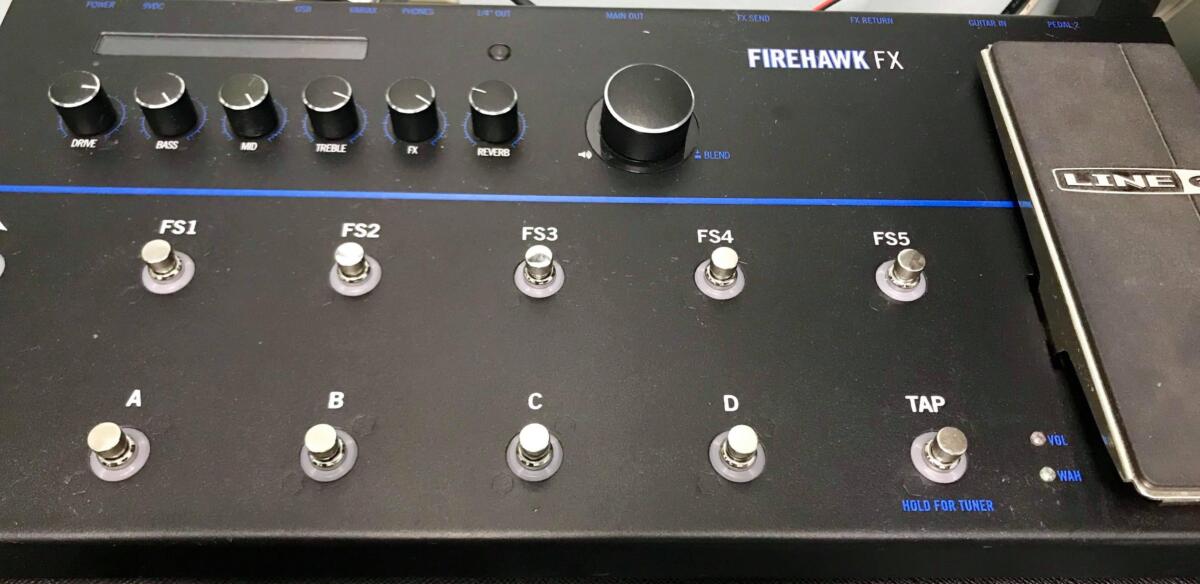

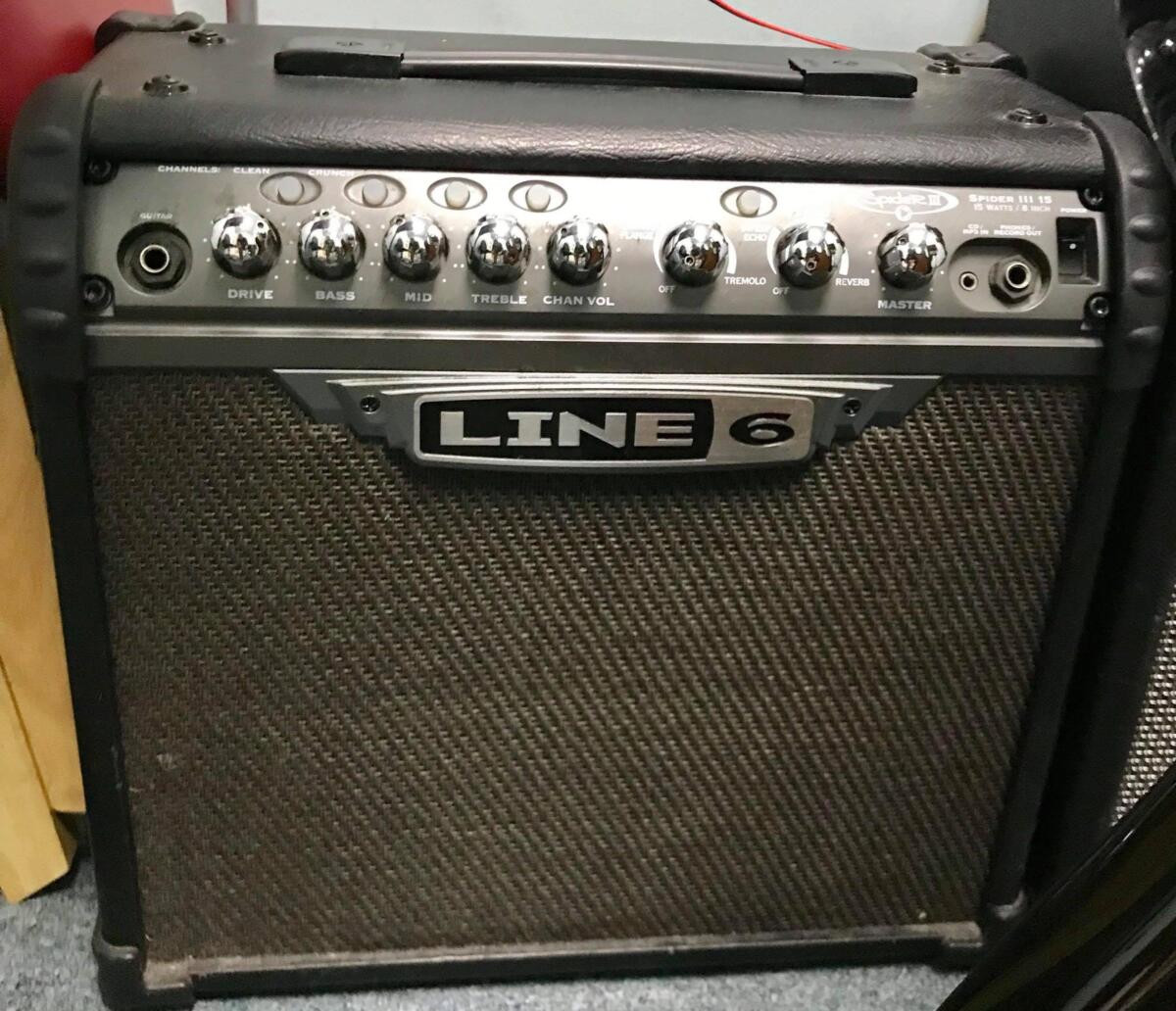
Leave a Reply